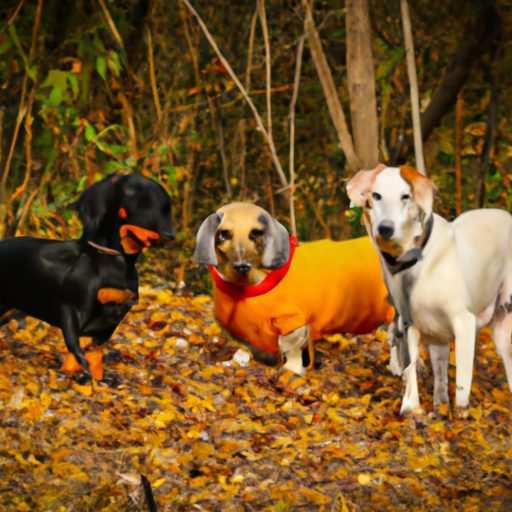A Glimpse into the Canine World
Dogs, our loyal companions, come in all shapes and sizes. From the mighty St. Bernard to the petite Chihuahua, each breed has its own unique traits and characteristics. Now, you may find yourself fascinated by one particular feature – the curly tail.
Why do some dogs have curly tails, while others do not? It’s all in the genes, my friend. Certain breeds have been selectively bred over generations to possess this distinctive tail style. Let’s dive in and explore some of these curly-tailed breeds.
Five Dog Breeds with Curly Tails
-
Pug – Pugs are adored worldwide for their squashed faces and corkscrew tails. Their tails are naturally curled tight over their bodies, adding to their unique charm.
-
Akita – Hailing from Japan, Akitas are large, dignified dogs with thick, plush coats and strong, curled tails. They carry their tails in a curl over their back or to one side.
-
Alaskan Malamute – Resilient and hardworking, Alaskan Malamutes have bushy, plume-like tails that curl over their backs, providing warmth in freezing conditions.
-
Basenji – Known as the “barkless dog,” the Basenji has a tightly curled tail that rests on one hip. These dogs are ancient African hunters with a unique, cat-like personality.
-
Shiba Inu – Another Japanese breed, Shiba Inus are small, agile dogs known for their spirited independence and tightly curled tails.
The Genetics Behind Curly Tails
Curly tails in dogs are the result of selective breeding by humans. Specifically, they are due to the genes that control the development of the dog’s spine. The vertebrae in the tail are shaped in such a way that causes the tail to curl.
Curly Tails and Health Concerns
While a curly tail can certainly add to a dog’s aesthetic appeal, it’s essential to know that it can also come with potential health concerns, including:
-
Hemivertebrae: This condition affects the shape of the spine and can cause serious health problems, particularly in breeds like the Pug.
-
Tail Injuries: Dogs with curly tails might be more prone to certain types of tail injuries. It’s important to handle these tails with care.
Frequently Asked Questions
Q: Is a curly tail a sign of good health in dogs?
A: Not necessarily. While a curly tail in itself isn’t a sign of poor health, some breeds with curly tails are more prone to certain health conditions.
Q: Can a dog with a straight tail have puppies with curly tails?
A: Yes, if they mate with a breed that carries the gene for curly tails. The puppies could potentially inherit this trait.
Q: Can the curl in a dog’s tail change over time?
A: Generally, the curl in a dog’s tail is set by the time they are fully grown. However, certain conditions or injuries can potentially change the tail’s shape.



